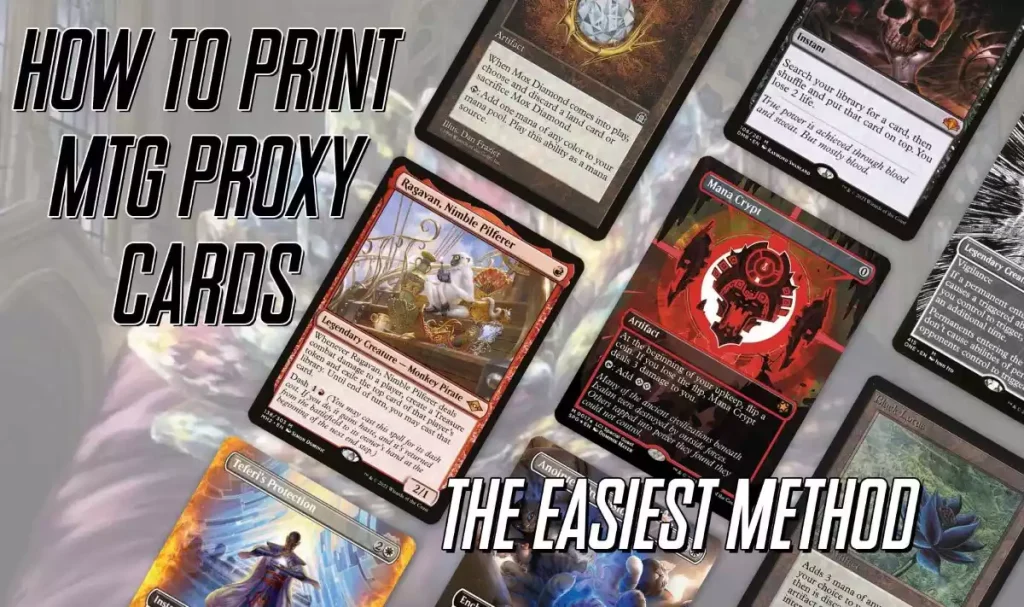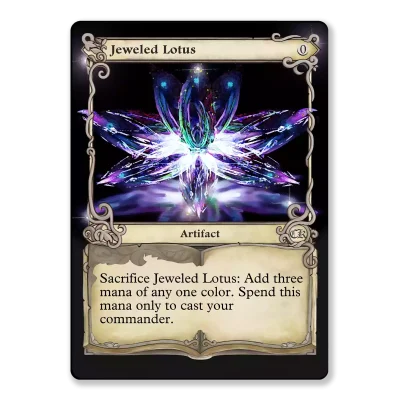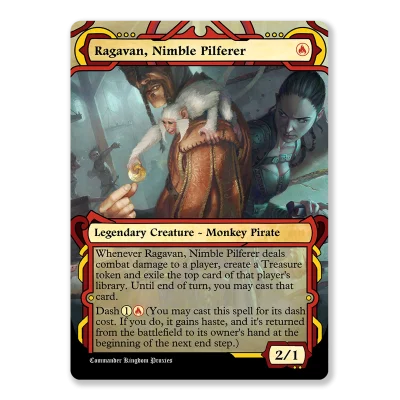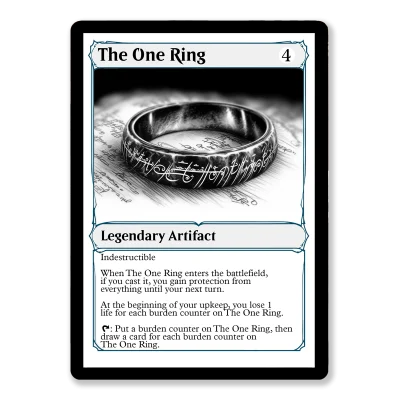MTG proxies have become a popular solution as players seek to test new decks or play casually without the financial burden of rare cards. Proxies are replicas of official MTG cards, used primarily for playtesting and casual games. This guide explores the process of creating these proxies, ensuring players can enjoy the game to its fullest without significant investment.
MTG proxies are homemade or professionally printed stand-ins for real Magic cards. They help you test new decks, protect expensive cards from wear, or just enjoy casual play. You can order custom proxy cards that use high-quality materials, so they closely resemble official Magic: The Gathering cards. And with services like PrintMTG, you can build an entire proxy deck for home games or casual LGS events without spending too much.
Here’s how it works.
What are MTG Proxies?
A proxy card is a simple substitute for a collectible card, either homemade or easily obtained. Players use proxies when they don’t own a card and acquiring it isn’t practical. This often happens when a card is too expensive or when a player is “playtesting” different options. For competitive tournament prep, proxies make it easier to test various cards without buying them first. In games, the proxy takes the place of the real card and functions the same way.
Making MTG Proxies Using PrintMTG
Many players prefer using a print service for high-quality MTG proxies. Sites like PrintMTG allow you to submit a deck list, choose the number of cards you need, and pay through PayPal or other options. You can upload images, select classic or custom art, and even order an entire MTG proxy booster pack. Most services offer fast shipping, so you’ll get your cards quickly.
How It Works:
- Submit Your Deck List
Type in your card list or upload a file. The site displays each card and may offer alternative art options. - Choose Card Art and Quantity
Pick between classic art, custom proxies, or alternative art. Choose how many of each card you want, including basic lands or new cards you’d like to try. - Print on High-Quality Stock
The proxies are printed on durable cardstock, giving them the feel of real cards. They have the same weight and thickness, so they slot in perfectly with your original cards. - Shipping and Delivery
After printing, your cards are shipped out – often quickly. Once they arrive, you’re ready to start playing with your new proxies.
It’s important to note that while services like this offer a great way to test out new decks or play with expensive cards without the financial investment, proxies are not legal in official MTG tournaments. They are, however, widely accepted in casual play environments as long as all players agree to their use.
Making MTG Proxies at Home
Want to save money or enjoy DIY projects? You can create MTG proxies at home with the right tools and materials.
What You’ll Need:
- A good printer (inkjet or laser)
- Heavy cardstock or photo paper
- Image editing software (GIMP, Photoshop, etc.)
- Scissors or paper cutter
- Double-sided tape (optional)
Step-by-Step Guide:
1. Find High-Resolution Images
Look for card scans or official art online. Scryfall offers a large library of high-res MTG images for download. The better the image quality, the sharper the final proxy will look.
2. Set Up Your Print File
Import the images into a PDF or image editor. Scale each image to 2.5” x 3.5” (standard MTG card size). Arrange multiple cards on one sheet, leaving extra margin for cutting if needed.
3. Print and Cut
Use the highest quality setting on your printer. Print a test page on regular paper to check alignment and colors. Once satisfied, print the final version on cardstock. Carefully cut each card – clean edges make a big difference in appearance.
4. Sleeve and Play
For added thickness and durability, sleeve the proxies with common MTG cards behind them. This improves handling and helps proxies blend with real cards. Custom card backs can add flair, but they won’t match official cards. Sleeving your entire deck ensures uniformity.
Whether you print proxies at home or use a professional service, proxies are a great way to explore new deck ideas, protect valuable cards, or simply enjoy casual games with friends.
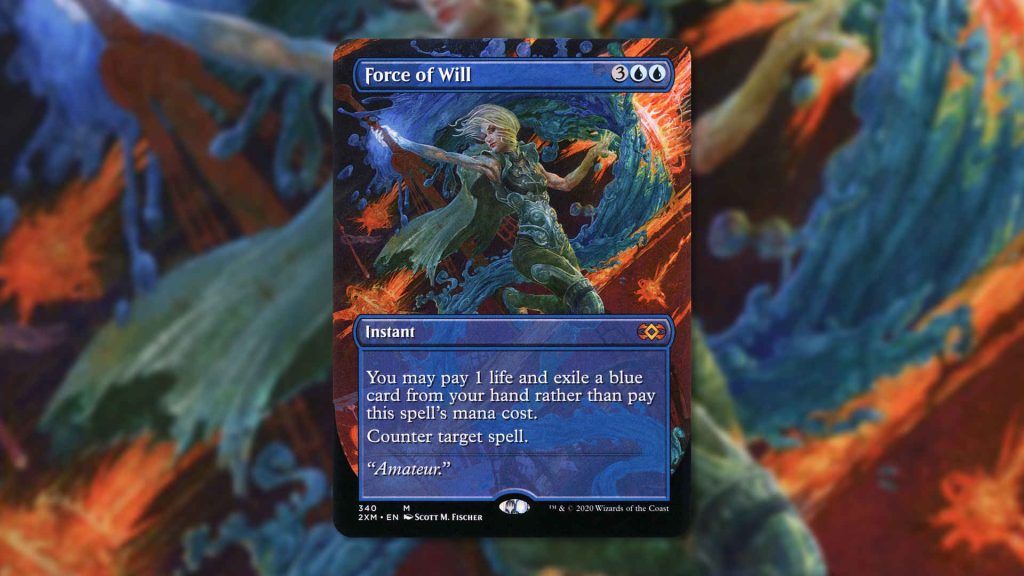
Tips for Better Printed Proxies
Watch Your Costs
High-quality cardstock and ink can add up. If you’re printing many proxies, compare the cost of home printing to a pro service. Sometimes a printing service is cheaper in the long run.
Check Colors
Printer colors can differ from your screen. Run a small test print to see if the reds or greens match what you want.
Use Sharp Tools
Clean edges matter. Dull scissors will ruin the look of your proxy cards.
Try Alternative Art
Many people enjoy custom art. It can be a chance to add a personal touch or show off your own designs.
Customizing Your Proxies
Customizing your MTG proxies is easy with the right tools and resources. Online platforms allow you to design and edit your own custom cards, or upload your own designs for the front and back of the cards you want. Many resources offer high-quality templates and design tools to help you create professional-looking cards.
Additionally, some websites provide options to print your own MTG proxy cards at home, or offer fast shipping for orders. This flexibility means you can create unique, personalized proxies that reflect your style and preferences, adding a personal touch to your deck.
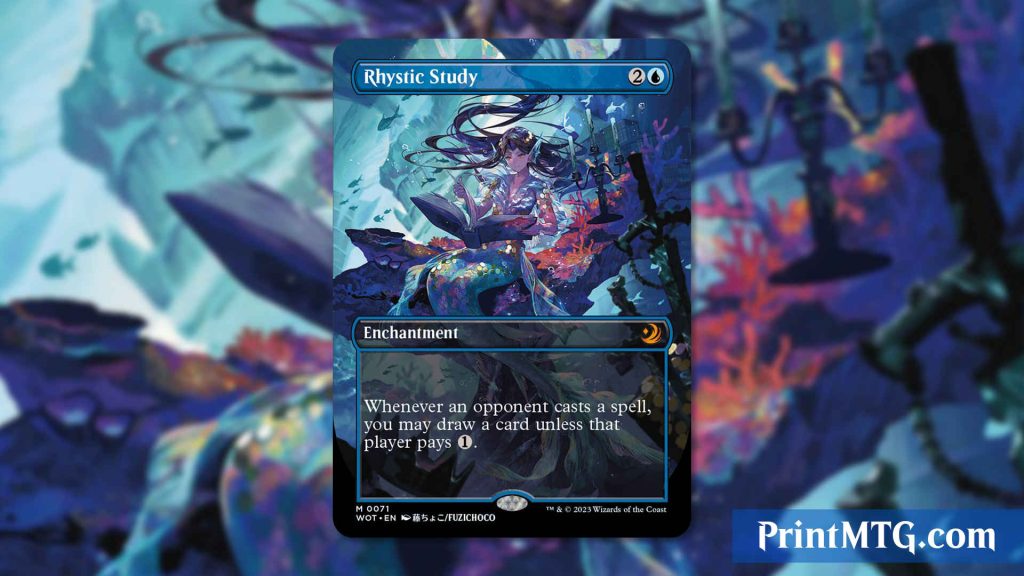
Common Questions
- Can I use proxies in official tournaments?
No. Proxies are not accepted at sanctioned Magic: The Gathering events. But they’re generally fine for home games or casual LGS events if everyone agrees. - Is making MTG proxies legal?
It depends on the purpose. If you’re using them for fun, practice, or testing, and not trying to sell them as real cards, it’s usually fine. Check your local rules to be safe. - Do I need expensive supplies?
Not necessarily. You can do basic home printing with a standard printer and cardstock. Or you can order from an online service and pay for fast shipping. It depends on your budget and how detailed you want your proxies to be.
Why Use MTG Proxies?
Proxies are great when you want to play Magic: The Gathering but can’t get the cards you want. Maybe the card is out of print or too expensive. You want to try new cards in your deck but don’t want to spend a lot of money first. MTG proxies are the same size and shape as real cards so you can shuffle and play like normal. You can also keep your real cards at home if they’re collectibles or have sentimental value.
Some people even create custom proxies with different art or card backs. Proxies let you play in ways that would otherwise be nearly impossible with real cards – think Black Lotus – where you’d have to mortgage your house and sell your first born just to get your hands on a copy.
Just remember proxies won’t be legal in official tournaments but are usually fine for casual LGS events if everyone is okay with it.
The Difference Between Proxies and Counterfeits
There’s a difference between proxies made for personal use and counterfeits meant to deceive. Genuine proxies should be easy to spot compared to real magic cards. Services like PrintMTG clearly label their printed proxies. They provide high quality MTG proxy cards that look and feel good when sleeved, but aren’t designed to fool collectors or judges at an official event. Our printing uses premium materials for making proxies, plus we have a fast turnaround for customers looking to print their cards for home games or events, and need them in a hurry.
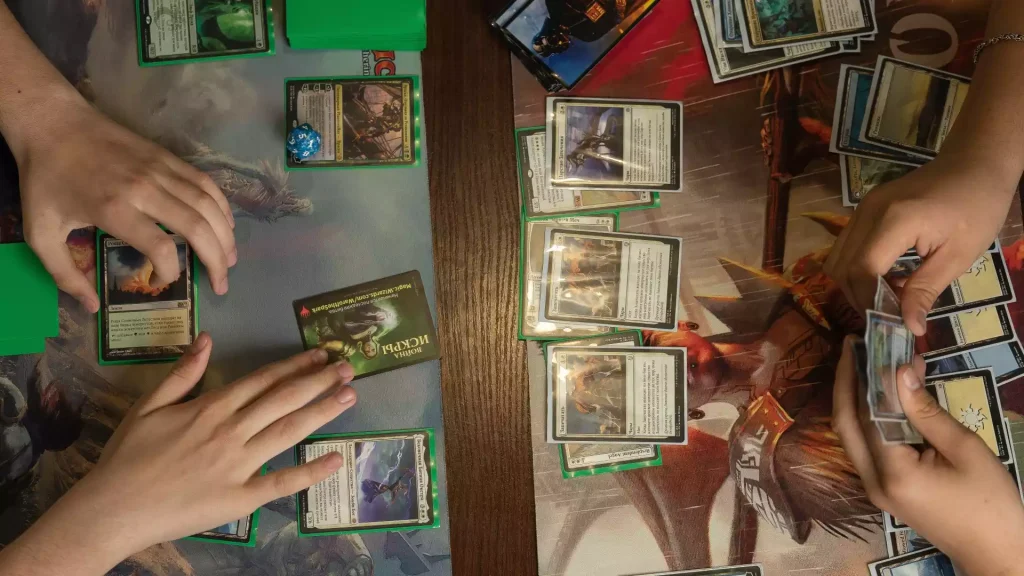
Choosing the Right Materials
When it comes to printing MTG proxies, selecting the right materials is crucial for achieving high-quality results. Look for cardstock that is durable and has a smooth finish, such as S33 German Black Core cardstock.
This type of cardstock is considered one of the finest available and provides a 1:1 match to MTG/PKM cards. It also offers more visual contrast than standard stock, ensuring that the graphics printed on each card remain vivid and sharp. Using high-quality materials not only improves the look of your proxies but also enhances their feel, making them more enjoyable to play with.
Online Resources for MTG Proxies
There are many online resources available for MTG proxies, including websites that offer high-quality printing services, custom card design tools, and fast shipping options. Some popular options include proxyking.biz, PrintMTG, and Card Kingdom. These websites offer a wide range of services, from custom card printing to proxy booster packs and facsimile holofoil stamps. They also provide resources and guides for designing and printing your own MTG proxies, making it easy to get started with building your own custom deck. Whether you’re looking for high-quality printing or quick delivery, these online resources have you covered.
Final Thoughts
MTG proxy print options offer flexibility for players who want to test ideas, play casual decks, or try out expensive cards. You can print proxy cards in many ways: from using a simple PDF you make at home to purchasing high quality mtg proxy booster packs from an online service. Proxies can help you learn the game, experiment with new strategies, and avoid sinking money into cards you aren’t sure about. They’re also a fun way to show off custom art or unique designs.
Eventually, you might collect the real cards if you enjoy a specific deck. But until then, proxies can fill the gap. Just be clear about their status when you play. The community appreciates honesty. Good luck experimenting with your new proxies, and have fun playing Magic with friends.

